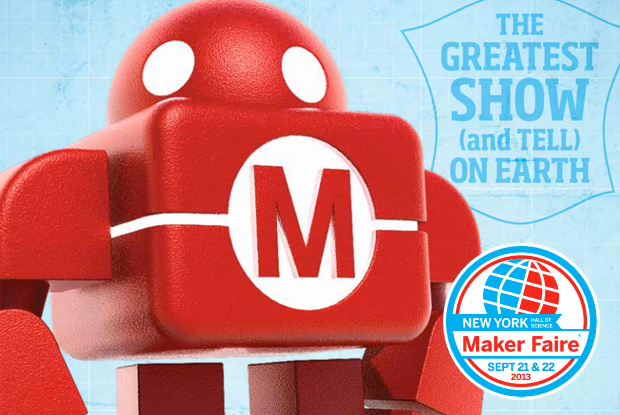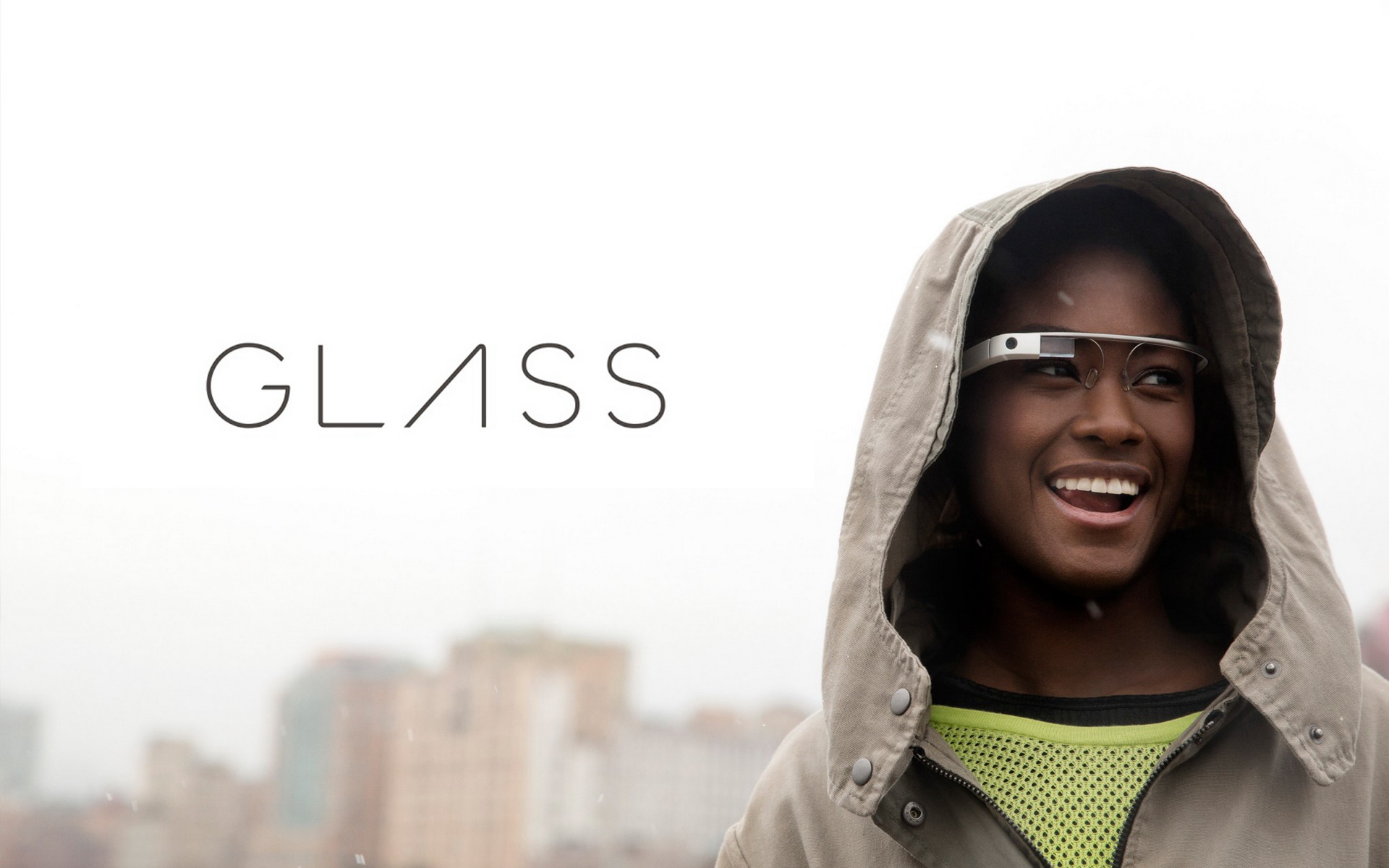The flirtation between tech and fashion has long been on our radar, and with the introduction of the Apple Watch earlier this week, the convergence of wearable tech and designer fashion has officially become a full-blown affair.
The trend started because both industries need each other. For tech companies, collaborating with the fashion industry helps to push out the new products with that extra sheen. This is especially true for the wearables, frequently dubbed “ugly” and “un-wearable” for their often bulky and unpolished designs. And the tech industry is realizing that making their wearables “fashionable” is a pre-requisite for mass adoption. For instance, Fitbit gave its fitness tracker a makeover by teaming up with Tory Burch, while Samsung is collaborating with Swarovski to offer bedazzled straps for its new Gear S.
On the other hand, many fashion brands are embracing technology in order to stay ahead. For the younger generations, technology is quickly replacing fashion, as many members of Gen Y and Z cite the newest handset as a higher purchase priority than the fashion fad of the season. In order to keep fashion “in fashion”, the industry is more than happy to incorporate the newest tech into the new looks. The “smart” accessories are being prominently featured on the runways of New York Fashion Week. And earlier last month, Ralph Lauren has also embraced new technology and developed its first item of smart sportswear.
Now with Apple unveiling their first wearable product, this trend is going stronger than ever. The Cupertino company geared up for its Apple Watch reveal by first poaching several executives from luxury fashion brands, and inviting key fashion influencers to the launch event. And it worked, receiving mostly positive reactions from the fashion world for its polished design, multitude of styles, and plenty of customization options. In the foreseeable future, this trend will most certainly continue, as such integration helps normalizing the otherwise “geeky” new tech products, especially the wearables, in a way that is mutually beneficial for both industries.




 Ok, I admit it. I love new technology. I love getting new devices, figuring out how they work, learning what they can do for me. But increasingly, I find integrating new technology into my life harder and harder.
Ok, I admit it. I love new technology. I love getting new devices, figuring out how they work, learning what they can do for me. But increasingly, I find integrating new technology into my life harder and harder. In 2008 I talked about in-car technology as becoming less utilitarian and more about the car as a content platform of tomorrow. And why not, cars and trucks increasingly share information with other platforms (RFID sensors, tolls, central tracking systems, etc.). For 2009, I am curious how this in-car technology and the growing digital ecosystem could actually help improve one’s quality of life, beyond just getting to your destination.
In 2008 I talked about in-car technology as becoming less utilitarian and more about the car as a content platform of tomorrow. And why not, cars and trucks increasingly share information with other platforms (RFID sensors, tolls, central tracking systems, etc.). For 2009, I am curious how this in-car technology and the growing digital ecosystem could actually help improve one’s quality of life, beyond just getting to your destination.